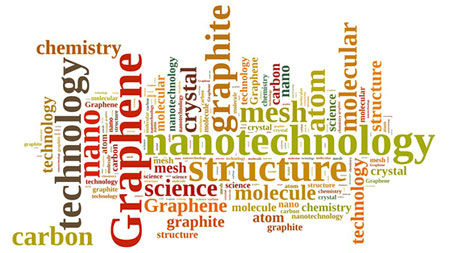| Posted: Jul 05, 2016 |
A close up look at ultra-thin nanomaterials for industrial use
(Nanowerk News) Advances in nanomaterials hold the promise of new, better, more competitive products. The EU-funded 2DInterFOX project is seeking new insights into their behaviour - the results could help manufacturers develop new electronic and energy-related products, potentially boosting their competitiveness.
|
 |
|
While the potential of nanomaterials and nanotechnologies is well documented, translating the science of the very small into commercial success has been a difficult process.
|
|
Two-dimensional (2D) nanomaterials consist of ultra-thin layers, which may be as thin as a single atom. The ultra-thin nature of 2D nanomaterials gives them special properties, such as high surface-to-volume ratios and exceptional thermal and electronic properties. This has heralded applications in modern electronics and energy storage and harvesting.
|
|
Unlike traditional bulk materials, there are more atoms on the surface of a 2D material than in the middle of it. Surface atoms act differently to atoms inside a material, so when there are more surface atoms than inside atoms, the way they behave affects how a material behaves.
|
|
Much is however still unknown about 2D materials at the atomic level, and in particular about the interaction of 2D materials with other nanomaterials.
|
|
2DInterFOX will attempt to provide answers on the interactions between 2D nanomaterials and non-2D metal-oxide materials, which are used in electronics and energy-related industries. This information could help industry scale up the integration of 2D nanomaterials with other types of nanostructures. Such a breakthrough could be used for applications in flexible, transparent, low-cost electronics or for the energy sector.
|
|
2DInterFOX proposes to employ scanning transmission electron microscopy (STEM) techniques, whereby a beam of electrons is transmitted through an ultra-thin sample, to create an image of the sample’s structure at the atomic level and find out more about the chemical and electronic interactions of the 2D materials with metal-oxide nanostructures.
|

